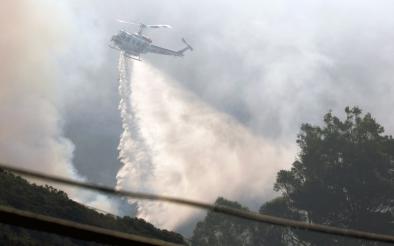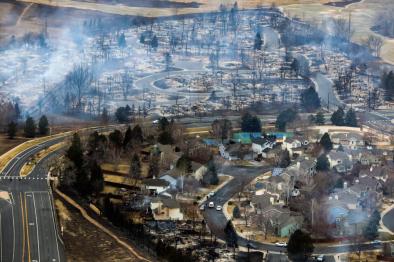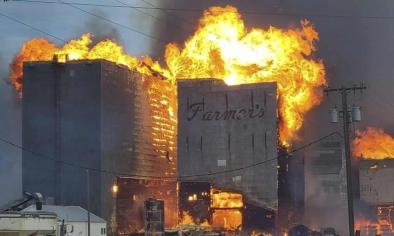Science Source
The impact of rising CO2 and acclimation on the response of US forests to global warming
Our present-day models don't do physiology or acclimation. They matter absolutely enormously to the future of forests. We came up with ways to incorporate those.
- William Anderegg, study co-author, University of Utah
- States that the benefit of climate change for forests is that higher atmospheric CO2 allows trees to use less water and photosynthesize more
- States that the problem of climate change is that warmer temperatures make trees use more water and photosynthesize less
- Predicts the outcome of these opposing influences using a physiologically realistic model which accounted for the potential adjustment in forest leaf area and related traits to future conditions
- Finds that if forests fail to adjust, only 55% of climate projections predict a CO2 increase large enough to prevent warming from causing significant drought and mortality
- Finds that if forests can adjust, the percentage of favorable outcomes rises to 71%; however, uncertainty remains in whether trees can adjust rapidly and in the scatter among climate projections
Related Content
Headline

Feb 11, 2022 | Climate Nexus Hot News
Fires Burn In Hot, Dry Southern California, In February
Headline

Jan 24, 2022 | Reuters
Firefighters gaining control of wildfire that closed scenic California highway
Event

Jan 5, 2022
Marshall Fire December 2021
Headline

Dec 7, 2021 | The Guardian
Winter heatwave breaks records in four US states


